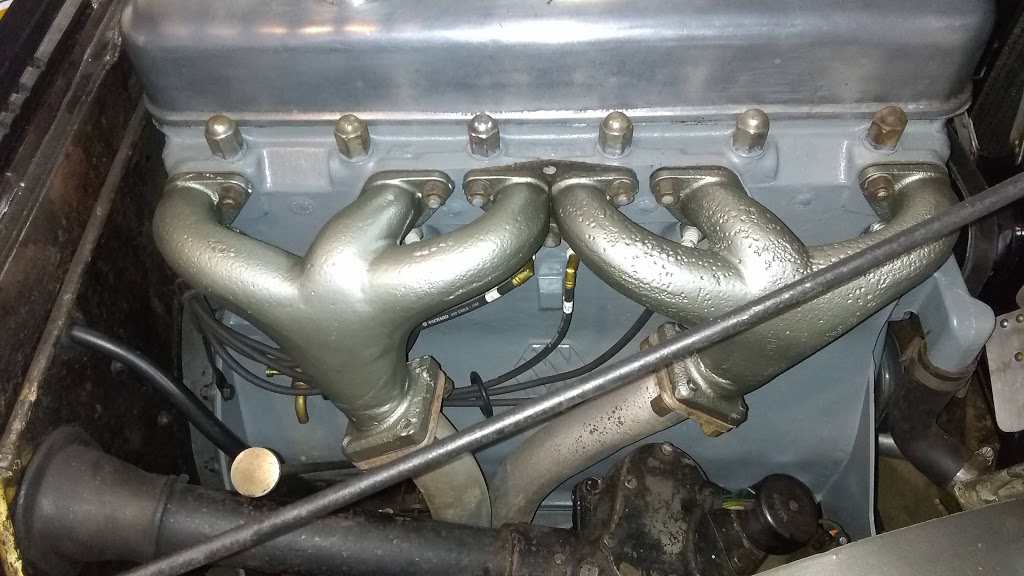Greetings All,
This issue came up after a search that lasted 15 years for me to find a correct engine.
Regarding differences between Standards and SS engines…
The oil pump and crankcase are SS specific items.
The intake, SS offered a single carb or a dual carb option on both the 16 and the 20HP versions. The bonnet being considerably taller on the Standard, meant those ran a down draft carbwith a taller intake. the SS had side draft units with a lower build height to clear the lower bonnet.
SS’s came with RAG’s for carbs. Not positive but the Standards came Solexes. RAG’s had some quality issues, they are pretty thin on the ground these days. Any carb that needs a “drip tray” to keep the gasoline off the exhaust manifold is not likely to be chosen a second time which is why Solexes became popular.
I have seen SS’s with both SS logos and Standard logos. The fact that there is an SS logo on a flathead meant that at some time, Standard cast a specific block for SS. Whether this was the case initially when SS first started, or if it continued all throughout production, I’m not sure. Seeing that engines were replaced in these cars for a variety of reasons, that also could explain some of the Standard logos. Obviously there were no SS logo’d Standards.
Standard’s were sold with a cast iron head and SS units had an aluminum one.
Regarding Weslake, he was an independent contractor to just about anyone in Coventry, including motorcycle manufacturing. While many in the industry utilized Weslake’s talents, including SS and Jaguar, it was the “on record”, the collective opinion of the Engineering department thought the designs were successful in the prototype but did not tranfer well to general manufacturing in yielding the same gain of horsepower.
I would surmise that Mr. Weslake was very talented but seeing the work was done by hand, to get consistent gains would have necessitated Harry Weslake “blueprinting” each head and intake.
The SS flathead block is related to the OHV with crank spacing/bearing being the same.
SS engineering built several OHV prototypes using the flathead block. Sir John Black was not convinced that Standard still needed a six cylinder much less an OHV version. Black was looking to discontinue Standard’s Ensign six, which would have severely hampered SS production and limited their model offerings.
William Lyons saw an opportunity to purchase Standard’s tooling on the six cylinder and moved quickly to do so. Later, Sir John Black had a change of heart and wanted to rescind the sale. Lyon’s rebuffed him.
The animosity must have been expected as SS1’s ceased using Standard’s frame and running gear and finished production with Rubery Owens making the frames.
Makes me wonder if this was some measure of retribution was enacted by Standard’s John Black?



